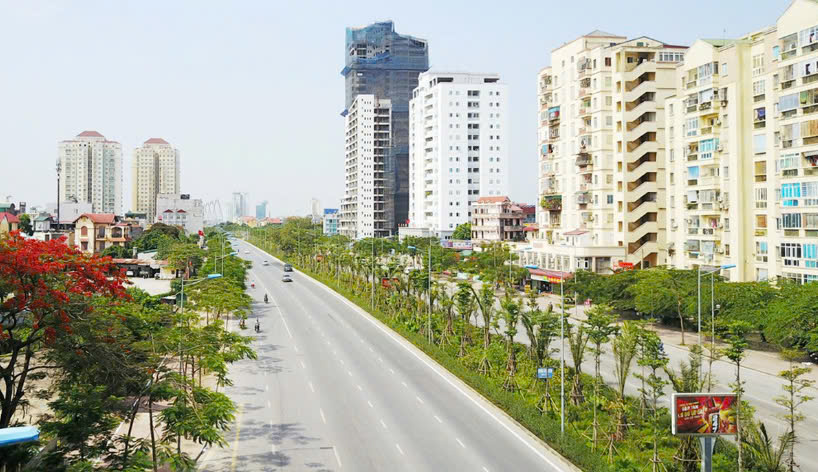The retail real estate market in Hanoi and Ho Chi Minh City is witnessing strong growth despite the limited supply of retail spaces. The rental prices for premium retail spaces in these two cities continue to rise, creating intense competition among projects in prime locations.

According to the Prime Benchmark report by Savills in the Asia-Pacific region, in the first seven months of the year, Hanoi and Ho Chi Minh City ranked among the most vibrant retail real estate markets. The main drivers include the growth of the middle class, the strong recovery of the tourism sector, and the arrival of many new brands, which have all contributed to the development of the retail market.
According to the General Statistics Office, retail revenue in the first eight months of the year is estimated to exceed VND 3,199 trillion, up 7.3% compared to the same period last year. Notably, international arrivals to Vietnam in the past eight months reached more than 11.4 million, an increase of 45.8% compared to 2023, surpassing pre-COVID-19 levels in 2019.
Additionally, KPMG Vietnam predicts that in the next decade, the number of middle-class individuals in Vietnam will increase by around 23.2 million, with a compound annual growth rate of 5.5%. This will position Vietnam as one of the fastest-growing countries in Southeast Asia.
Although retail rental prices in Hanoi and Ho Chi Minh City are rising, they remain much lower than in other major cities in the region, such as Kuala Lumpur, Singapore, and Beijing. Specifically, rents in Hanoi are at USD 96.4 per square meter, while in Ho Chi Minh City, they stand at USD 151 per square meter.
The retail market in Ho Chi Minh City currently has a total leasable area of approximately 1.52 million square meters, with an occupancy rate of 94%. Meanwhile, in Hanoi, the limited supply has helped rental prices continue to grow, especially in premium projects. However, several new projects are expected to enter the market soon.
The shortage of premium retail real estate in both major cities is creating fierce competition among commercial projects located in prime areas. This not only drives up rental prices but also increases the demand for retail spaces in central locations, contributing to a market full of potential yet fraught with challenges for both domestic and international investors.